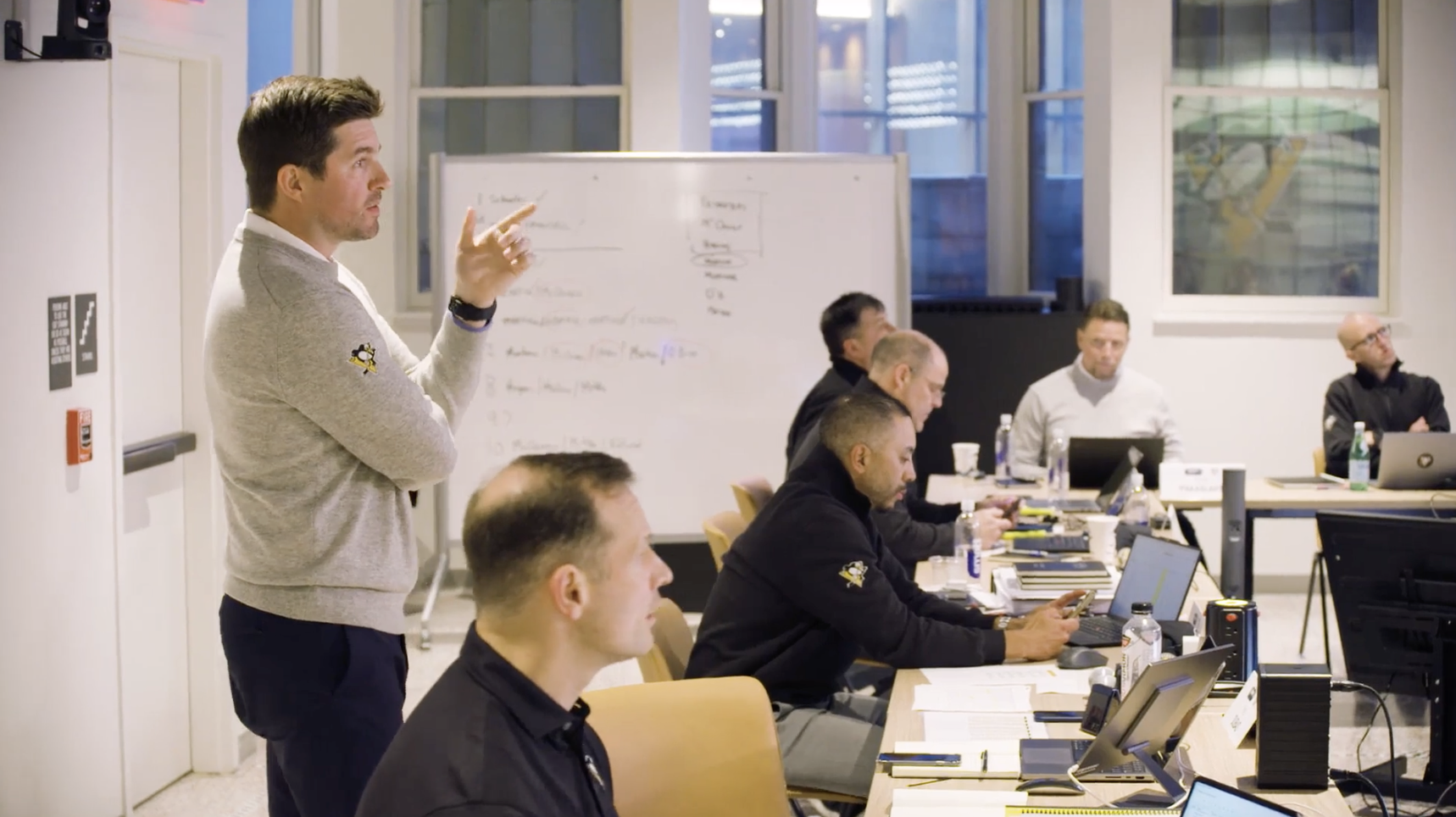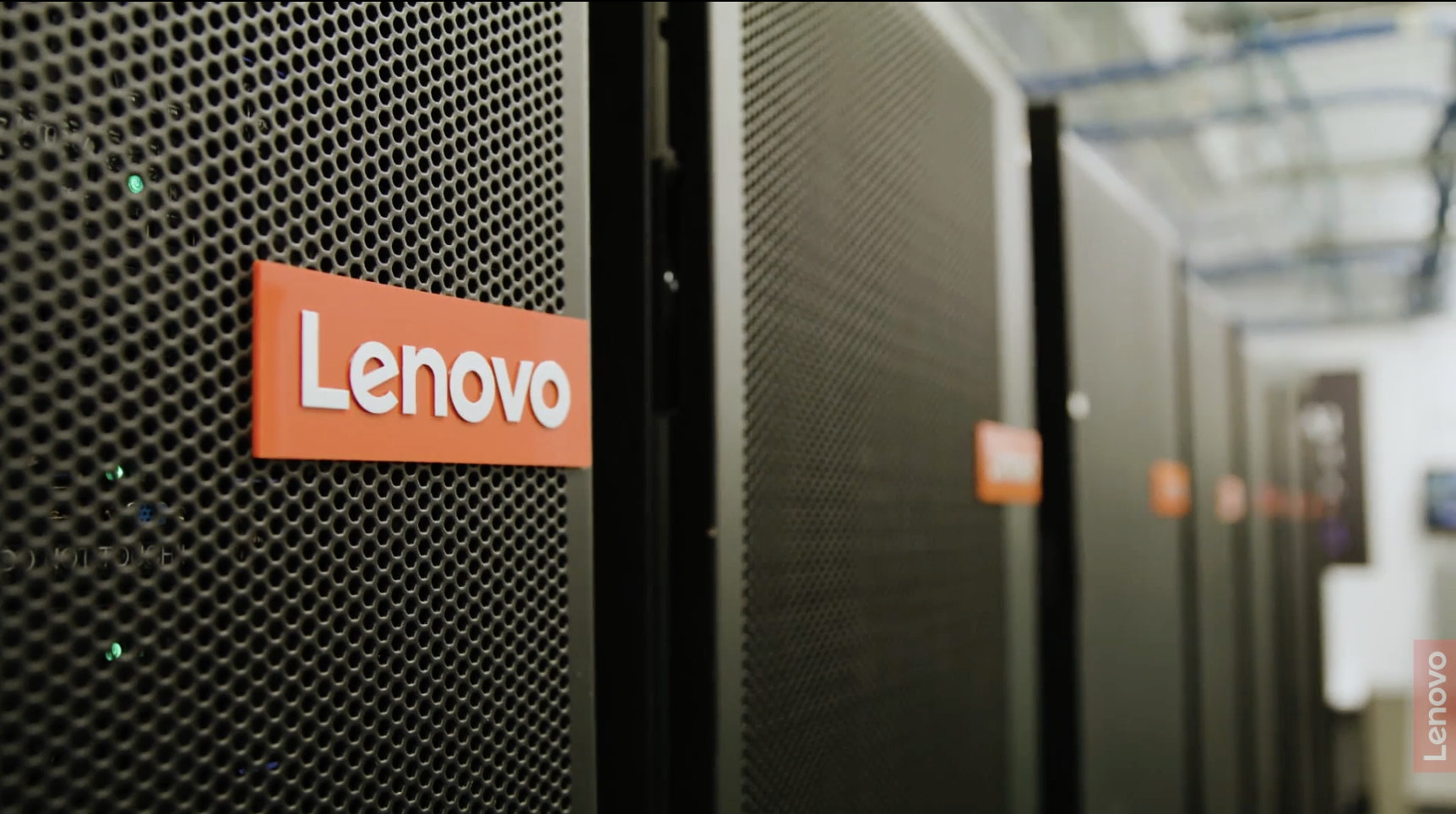The NHL draft is a time of pivotal questions: Who will the other teams choose? Which players will emerge as the most sought-after new talent? Which talented players may go unnoticed until a savvy team leader picks them up? And how must our team shift its strategy to react? In Pittsburgh, a proud city full of hockey fans with great expectations, there is one question that matters over all others: Who will be the newest Pittsburgh Penguins?
“Every fan base sees it, and every organization sees it as a chance to inject new life and new potential into the organization,” says Kyle Dubas, President of Hockey Operations for the Pittsburgh Penguins. “It’s generally an optimistic buzz about the day itself, especially in and around the facility, the staff, and the team.”
As the possibilities shift with each unexpected pick, the decision-makers stay alert and connected in their specially constructed ‘war room’ where they can monitor every aspect of the draft and stay in constant communication with the league and their team. To make that happen, Penguins’ Leadership turns to Lenovo and Motorola technology for pocket-to-cloud power and instantaneous communication capability.
Inside the ‘War Room’
The draft is important for NHL teams looking to acquire new talent for the upcoming season and beyond. Smart teams like the Pittsburgh Penguins plan, scout talent, and strategize all year for draft day, but on the day itself, anything can change in an instant. Plans can be scratched, hopes can be dashed, and upsets can come from anywhere. The team depends on well-informed leadership to react and make key calls on a minute-to-minute basis.
This season, with back-to-back 11th and 12th picks in the first round, the Penguins found themselves in a key position. They needed to employ strategic thinking to maximize the potential of those picks.


To gain the edge the needed, the Pittsburgh Penguins constructed their ‘war room’ where team leadership can gather during the high-pressure moments to monitor the unfolding events, and make key decisions.
“We want everything to be reliable and secure,” says Alfred Smith, SVP of Technology for the Penguins, “so we outfitted our war room with multiple Lenovo devices and monitors connected to our data, so we can have everything at our fingertips, presented to decision-makers in real time.”
From pocket-to-cloud
From the laptops and workstations where advisors make calculations, to the monitors and screens that let team leadership see how events unfold live, to the Motorola mobile devices in the hands of the team leadership, to the infrastructure solutions supporting everything under the surface, Lenovo provides support that the Penguins can depend on in any situation.
When it’s the Penguins’ time to make a pick, the team in the ‘war room’ is watching on Lenovo monitors, strategists are combing through data on Lenovo desktops and laptops linked to state-of-the-art data infrastructure supported by Lenovo servers. To make the final call, team leadership picks up a Motorola mobile phone to relay their decision and contact the league, as well as the chosen player. However, the true power that comes from this collaboration with Lenovo and Motorola is not the individual capability of each device, but how they are linked in a cloud-based, hyperconverged infrastructure solution.
“Our pocket-to-cloud portfolio is something that really sets us apart in the industry,” explains Speranzo. “From the Moto Razr to the data center servers and storage, the Pittsburgh Penguins are an excellent example of how we’re powering the most sophisticated and advanced sporting teams and also beyond in the world.”

Drafting the next ten years
224 players were drafted in the 2025 NHL draft, which means there are 224 chances to make hockey history, and 224 lives to be forever changed with the beginning of their professional career. Every team and every player hope for the best outcome during the draft, but the Penguins know that there is far more than numbers and statistics behind each call.
With over fifty-eight years and five Stanley Cup championships behind them, the love Pittsburgh fans have for their team is even greater than their winning record. The hockey fans of Pittsburgh and those who follow the team nationwide rest their hopes and dreams on the Penguins and their players.
“Having early picks means to the Pittsburgh Penguins in the organizations that you have a chance to amass and acquire and then develop young, talented players that can lead the way to the next Stanley Cup, which is extraordinarily important to the city of Pittsburgh, our fan base, and, of course, to the Penguins” says Dubas.
“These are not just foundational picks,” explains Smith, “we’re drafting an identity, character. We’re drafting the next decade of Penguins hockey.”

Making the call
Eventually, all the planning and strategizing yielded results. Penguins’ President of Operations, Kyle Dubas, processed the advice of his team, taking in all the information available from his network of experts. When he picked up his Motorola Razr, he held the power of the Penguins’ modernized and simplified technology solutions.
The Penguins came away from this year’s draft with a strong crop of new players ready to join the storied history of the Pittsburgh Penguins. Players like forwards Benjamin Kindel, Bill Zonnon, and Will Horcoff picked up their Motorola Razrs to receive life-changing news, and to pledge the best of their efforts to their new team.
While fans and players are both thrilled for a new chapter in Penguins history to begin, the team leaders know that the work has just begun, and Lenovo’s support doesn’t stop after draft day.
“Innovation is in the arena,” says Smith, “it’s in the data room, it’s in the foundation and the fabric of this organization.”
